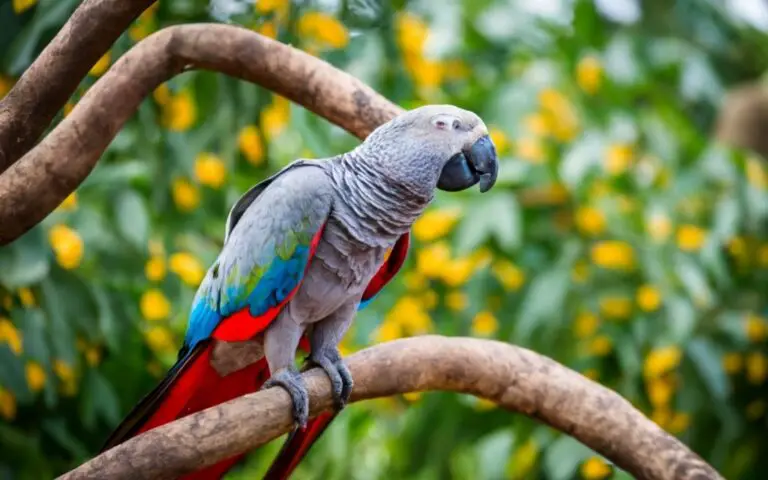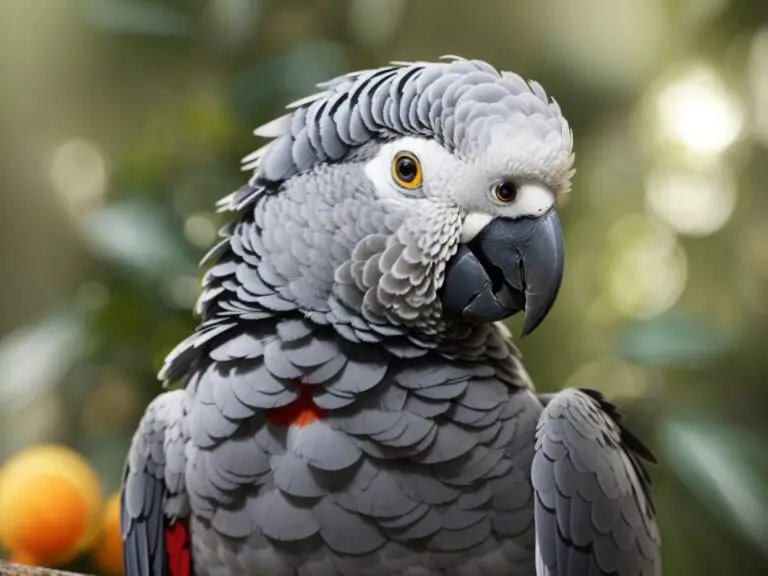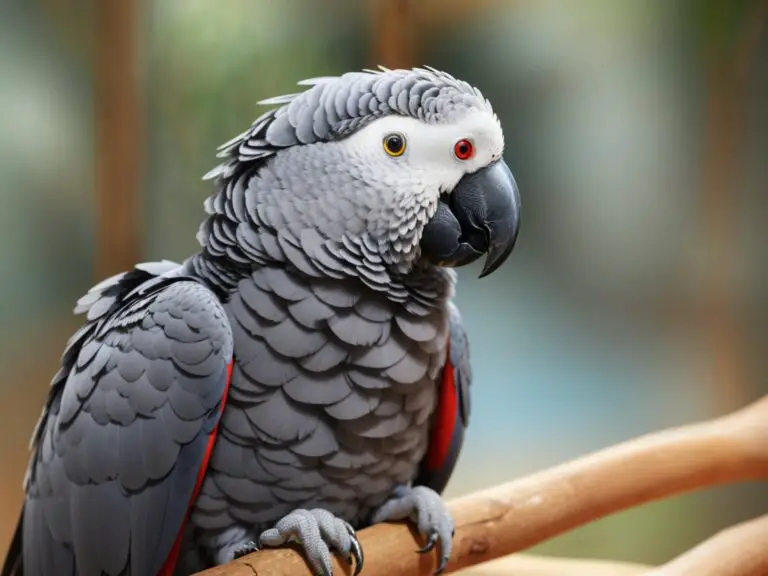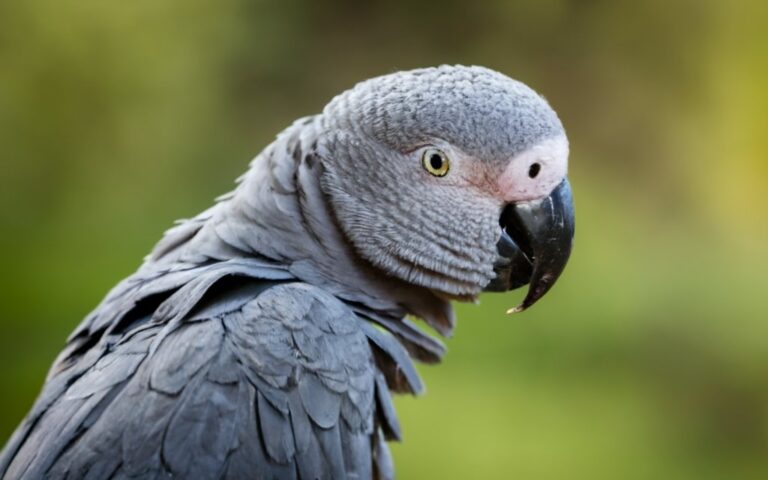What Do Congo African Grey Parrots Eat?
Key Takeaways:
- Congo African Grey parrots primarily eat a diet consisting of fruits, vegetables, nuts, and seeds.
- They also require a source of protein in their diet, such as cooked lean meats or legumes.
- It is important to provide them with a variety of foods to ensure a balanced and nutritious diet.
- Avoid feeding them toxic foods like chocolate, caffeine, avocado, and alcohol.
Are you curious about what makes Congo African Grey Parrots tick in the food department? Well, get ready to delve into the delicious world of these feathered friends’ diet! Their meals go far beyond just seeds.
Fruits, vegetables, and essential nutrients play a vital role in keeping them healthy and happy.
But what about the dos and don’ts? Which foods should be avoided?
And how can we encourage healthy eating habits in our parrot pals?
Get ready for all the answers as we uncover the secrets to a well-rounded and satisfying diet for Congo African Grey Parrots. Stay tuned!
| Food | Description |
| Fruits | Providing a variety of fruits like apples, bananas, grapes, and berries can be a significant part of their diet. Make sure to remove any seeds or pits before feeding them. |
| Vegetables | Include vegetables such as carrots, peas, broccoli, sweet potatoes, and leafy greens. Wash and chop them into small, manageable pieces. |
| Seeds and Nuts | Offer a mix of bird-safe seeds and nuts, such as sunflower seeds, almonds, walnuts, and pumpkin seeds. Moderation is key due to their high fat content. |
| Pellets | Pelleted food formulated specifically for African Grey parrots can be given as a nutritional staple. Ensure the pellets are fresh and well-balanced. |
| Grains and Legumes | Include grains like rice, quinoa, and whole wheat pasta. Legumes such as lentils, chickpeas, and beans are also beneficial sources of protein and fiber. |
| Water | Provide fresh, clean water for your parrot every day. Make sure to change it regularly to keep it free from contaminants. |
Diet of Congo African Grey Parrots
Congo African Grey Parrots require a variety of foods for a balanced diet. Fruits and vegetables play an important role in their diet, providing essential nutrients.
Variety of foods for a balanced diet
To provide a balanced diet for Congo African Grey Parrots, it’s important to offer a variety of foods. This includes high-quality pellets, fresh fruits, and vegetables.
Additionally, incorporating healthy grains, nuts, and seeds can help meet their nutritional needs.
Avoid toxic or harmful foods like avocados and chocolates.

Importance of fruits and vegetables in their diet
Fruits and vegetables are incredibly important for the diet of Congo African Grey Parrots.
They provide essential nutrients like vitamins and minerals that keep your parrot healthy.
Fruits and veggies also offer variety and enrichment, making mealtime more enjoyable.
Just make sure to wash them thoroughly and avoid toxic foods like avocado and onion.
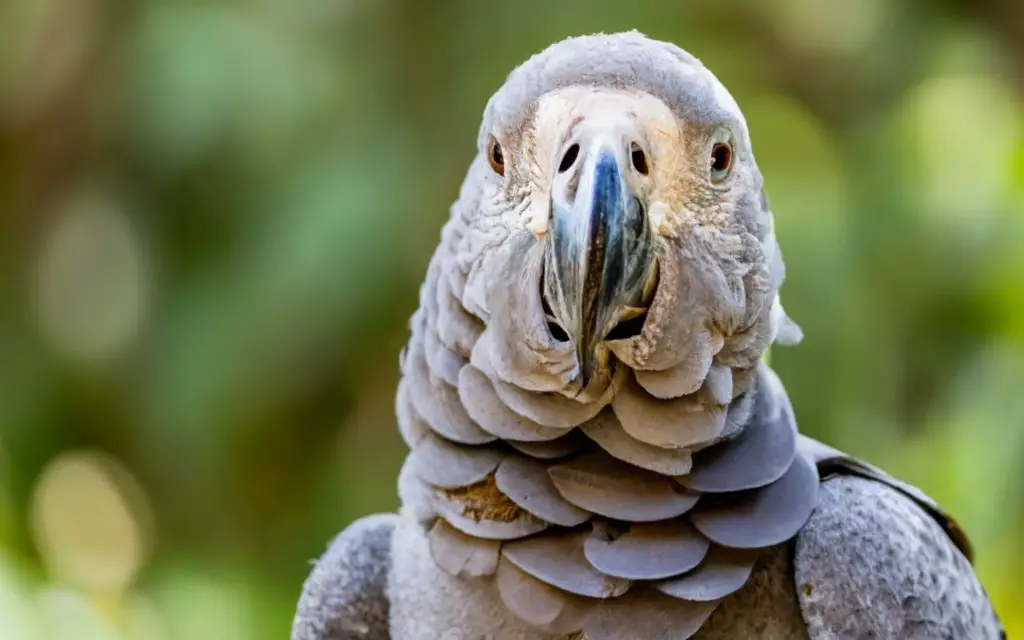
Essential nutrients for Congo African Grey Parrots
Congo African Grey Parrots require a balanced diet rich in essential nutrients to thrive.
Some key nutrients include protein, carbohydrates, healthy fats, vitamins, and minerals.
They need a variety of foods like fresh fruits, vegetables, nuts, and seeds to meet their nutritional needs.
It’s important to ensure they receive these essential nutrients for their overall health and well-being.
Avoidance of toxic or harmful foods
To ensure the health and well-being of your Congo African Grey Parrot, it’s important to avoid feeding them toxic or harmful foods. Here are some foods to avoid:
- Avocado: Avocado contains a substance called persin, which can be toxic to birds.
- Chocolate: Chocolate contains theobromine, which is toxic to birds and can cause serious health issues.
- Caffeine: Caffeinated beverages, such as coffee and tea, should be kept away from your parrot as they can be harmful.
- Alcohol: Alcohol is extremely toxic to birds and can cause severe damage to their liver and nervous system.
- Onions and garlic: These foods can be toxic to birds and can cause digestive issues.
- Seeds from fruits like apples, cherries, and peaches: The seeds from these fruits contain cyanide and should be avoided.
- Salty and sugary foods: Excessive salt and sugar can lead to health problems for your parrot, so it’s best to avoid giving them these foods.

Feeding routine for Congo African Grey Parrots
Congo African Grey Parrots have a specific feeding routine that includes regular meals and occasional treats.
Frequency and portion sizes of meals
Congo African Grey Parrots should be fed twice a day, with portion sizes appropriate for their size and activity level.
A balanced diet consists of a mix of fresh fruits, vegetables, high-quality pellets, and a small amount of seeds.
Monitor their weight and adjust portion sizes accordingly.
Establishing a consistent feeding schedule
To establish a consistent feeding schedule for your Congo African Grey Parrot, it’s important to feed them at regular times each day.
This helps to maintain their digestive system and keeps them satisfied.
Provide fresh food and water in the morning, and again in the evening.
Avoid leaving food out all day to prevent spoilage or overeating.
Stick to a routine to help your parrot feel secure and maintain a healthy appetite.
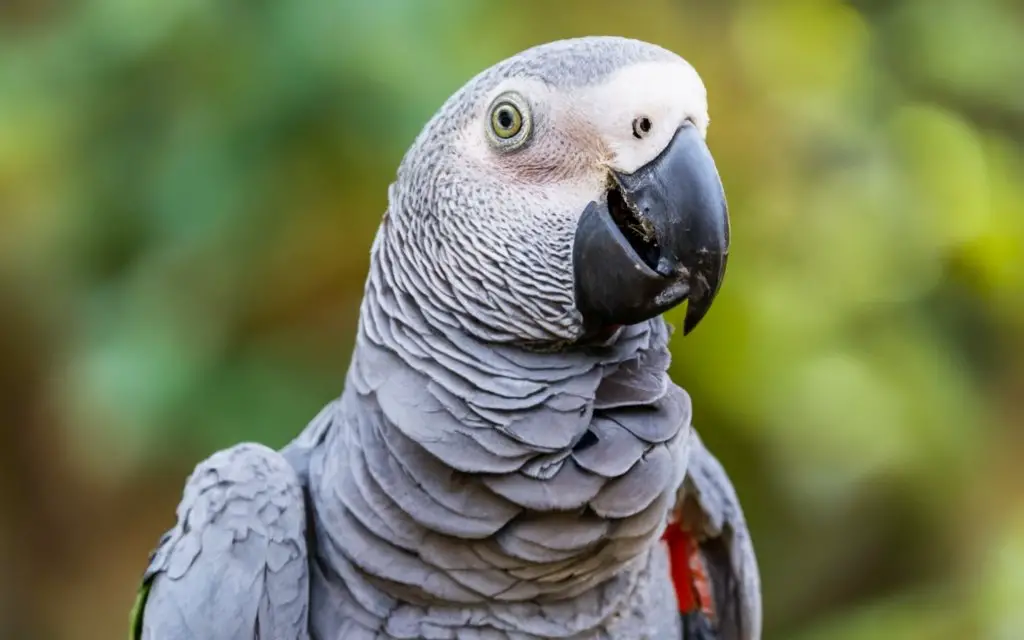
Supplementing their diet with treats
Supplementing their diet with treats is a great way to provide enrichment and rewards for your Congo African Grey Parrot. Opt for healthy treats like nuts and seeds, fruits, and vegetables.
Offer them in moderation to avoid weight gain and imbalances in their overall diet.

Encouraging healthy eating habits
Encouraging healthy eating habits in Congo African Grey parrots is essential for their overall well-being.
Transitioning to a new diet
Transitioning to a new diet for Congo African Grey Parrots can be done gradually.
Start by introducing small amounts of new foods mixed with their current diet.
Increase the proportion of new foods over time until they are fully transitioned.
Patience and consistency are key in this process.
Also, offer a variety of textures and flavors to keep their interest.
Using foraging toys and puzzle feeders
Using foraging toys and puzzle feeders is a great way to encourage healthy eating habits in Congo African Grey Parrots. These toys simulate natural foraging behaviors, keeping them mentally stimulated and physically active.
You can hide their food in these toys, making mealtime more engaging and challenging.
Additionally, foraging toys slow down their eating, preventing them from gulping down their food too quickly. So, consider incorporating foraging toys and puzzle feeders into your parrot’s daily routine for a happier and healthier bird.
Promoting natural feeding behaviors
Promoting natural feeding behaviors is important for Congo African Grey Parrots. Here’s how you can do it:
- Offer a variety of foods: Include seeds, nuts, fruits, vegetables, and pellets in their diet.
- Use foraging toys and puzzle feeders: Encourage them to work for their food, mimicking their natural foraging behavior.
- Allow them to eat with their feet and beaks: Avoid using food bowls and instead provide platforms and skewers for them to hold and eat their food.
- Provide fresh branches for chewing: This helps to simulate their natural behavior of chewing on tree bark and branches.
- Rotate their food: Introduce new foods regularly to keep their diet interesting and prevent boredom.
Remember, promoting natural feeding behaviors not only keeps them physically healthy but also mentally stimulated.
Dietary challenges and solutions
Dietary challenges and solutions include addressing food preferences, overcoming seed-only diets and obesity, and dealing with picky eating habits.
Food preferences and aversions in Congo African Grey Parrots
Congo African Grey Parrots have specific food preferences and can be sensitive to new tastes. They enjoy a variety of fresh fruits, vegetables, seeds, and nuts.
However, they may have aversions to certain foods, such as spicy or greasy items.
It’s important to introduce new foods gradually and observe their reactions. Patience and persistence are key when it comes to encouraging a balanced diet for these intelligent birds.
Addressing seed-only diets and obesity
To address seed-only diets and prevent obesity in Congo African Grey Parrots, it is important to introduce a variety of foods for a balanced diet. Incorporate fruits, vegetables, whole grains, and lean proteins.
Avoid sugary, fatty, and processed foods.
Monitor portion sizes and establish a consistent feeding schedule. Gradually transition your parrot to a healthier diet and encourage natural feeding behaviors.
Regular exercise is also key in maintaining a healthy weight.
Overcoming picky eating habits
If your Congo African Grey Parrot is a picky eater, there are a few strategies to help overcome this habit. First, introduce new foods gradually, offering small amounts alongside familiar ones.
Use positive reinforcement, such as praise or treats, when they try new foods.
Varying the presentation, such as cutting fruits and vegetables differently, may also make them more appealing. Patience is key, as it may take time for your parrot to develop a taste for new foods.
Frequently Asked Questions
Can I feed my Congo African Grey Parrot only seeds?
No, you should not feed your Congo African Grey Parrot only seeds.
While seeds are a part of their diet, they do not provide all the essential nutrients that your parrot needs to stay healthy.
It is important to offer a variety of foods, including fresh fruits and vegetables, to ensure a balanced diet for your parrot.
Is it safe to give my Parrot table scraps?
No, it is not safe to give your Parrot table scraps. They are not suitable for their dietary needs and can be harmful to their health.
Parrots require a specific balance of nutrients, and table scraps may contain ingredients that are toxic or unhealthy for them.
Stick to a diet recommended for Parrots for their overall well-being.
How can I introduce new foods to my Parrot’s diet?
To introduce new foods to your Parrot’s diet, start by offering small portions alongside their regular food. Gradually increase the amount of new food while reducing the old one.
Be patient, as it may take time for your Parrot to adjust.
Offer a variety of fruits, vegetables, and grains to provide a balanced diet. You can also try using foraging toys and puzzle feeders to make mealtime more engaging and stimulating for your Parrot.
What are the signs of a poor diet in Congo African Grey Parrots?
A poor diet in Congo African Grey Parrots can lead to several signs of health issues.
Some common signs include feather plucking, dull or discolored feathers, weight loss or obesity, lethargy, decreased appetite, and gastrointestinal problems.
It’s important to provide a balanced and nutritious diet to ensure their overall well-being.
Final Verdict
A healthy and balanced diet for Congo African Grey Parrots consists of a variety of foods, with an emphasis on fruits and vegetables. It is crucial to provide them with essential nutrients while avoiding toxic or harmful foods.
Establishing a consistent feeding schedule and supplementing their diet with treats can further promote their well-being.
Encouraging healthy eating habits can be achieved through transitioning to a new diet, using foraging toys and puzzle feeders, and promoting natural feeding behaviors. Addressing specific dietary challenges such as food preferences, seed-only diets, and picky eating habits is also important.
By following these guidelines and providing a diverse and nutritious diet, you can ensure the health and happiness of your Congo African Grey Parrot.



